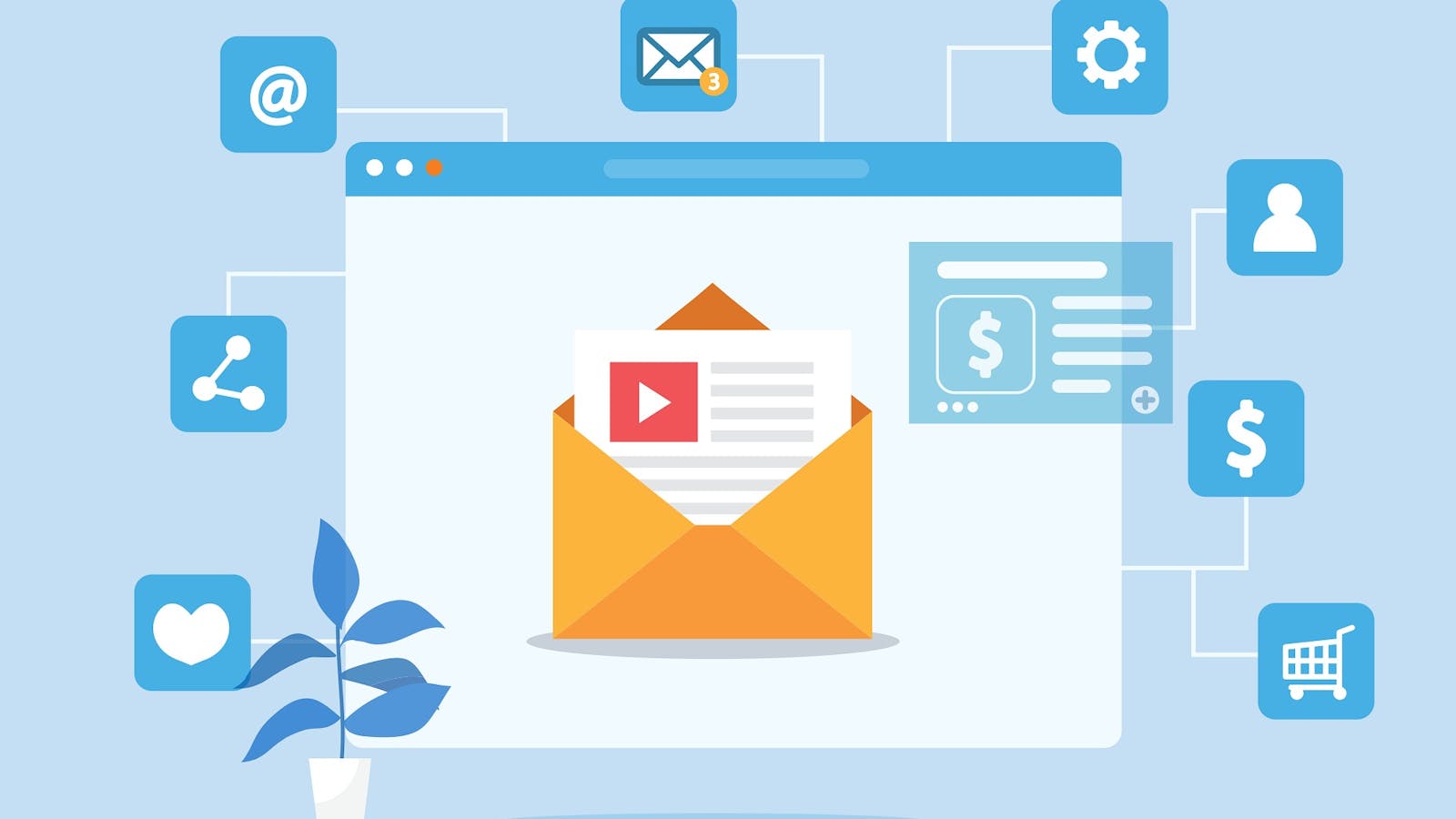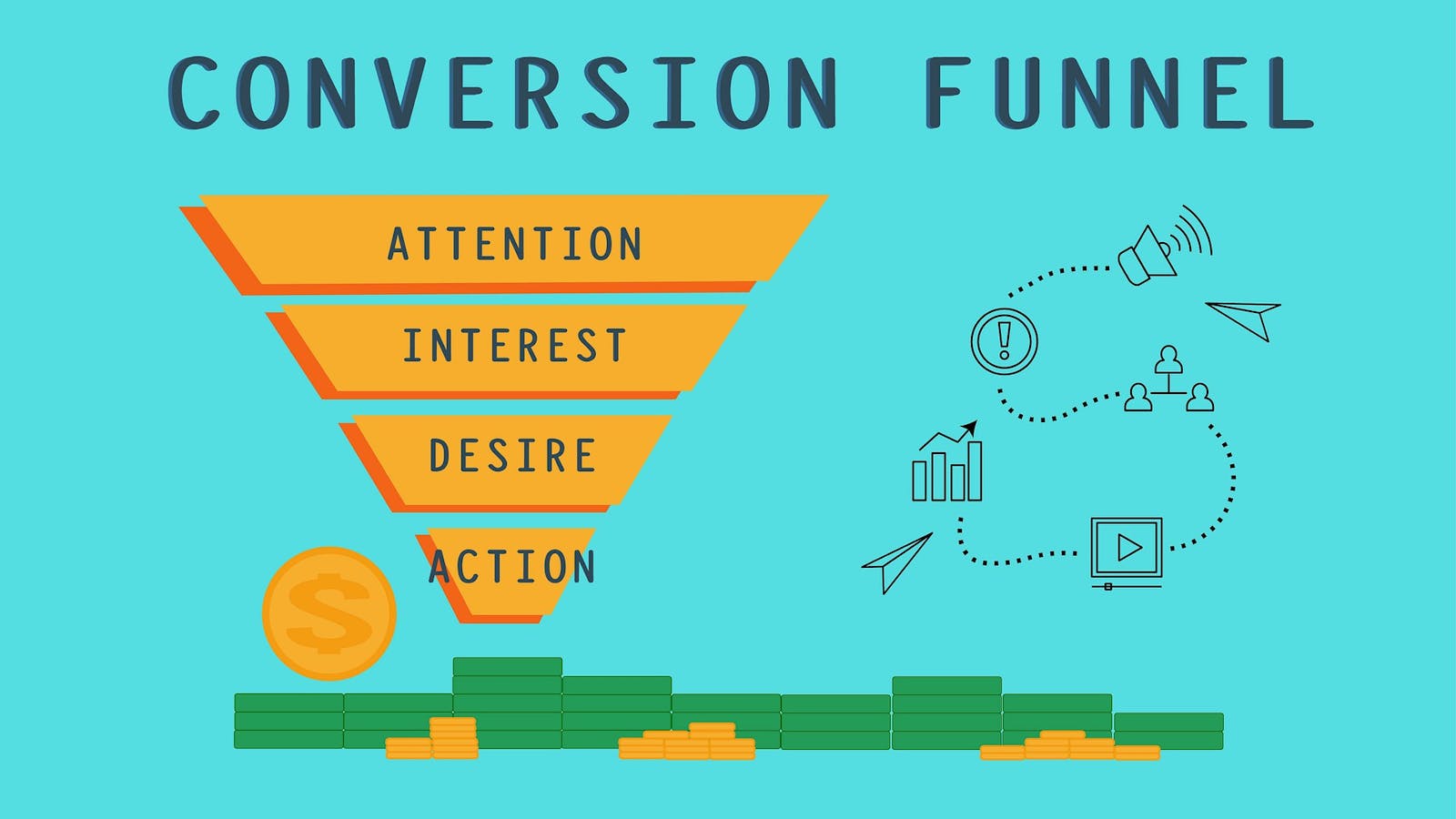
Maximizing ROI through email: How to optimize your email campaigns
CP Advertising
1/8/2025
CP Advertising
1/8/2025
Email marketing is a core facet of the digital content ecosystem. An affordable and powerful tool for driving conversions and maximizing return on investment (ROI), email is a highly personalized approach to reaching your target audience. However, simply sending emails out is not enough. Optimizing email campaigns is a fundamental component of email marketing best practices. In this blog, we’ll explore effective strategies that can transform your email marketing efforts from basic outreach to a dynamic revenue-generating machine. From crafting compelling subject lines to strategically segmenting your recipient lists, we will delve into the myriad elements that can elevate your email campaigns into a powerful engine for revenue generation.
Custom Landing Pages
Custom landing pages are specifically designed as the destination for your email marketing recipients. These pages are an essential tool for email marketing campaigns as they provide a tailored click-thru experience for your subscribers. By creating a focused environment free from distractions, custom landing pages significantly enhance conversion rates and simplify ROI tracking. With a custom landing page, you can see who progressed through your email marketing funnel and what actions they took from there.
These pages also eliminate extra steps in the marketing funnel, allowing marketers to eliminate unnecessary navigation elements and maintain a singular call-to-action. This approach not only improves user experience but also makes it easier to measure campaign performance accurately. Furthermore, these pages can be personalized based on user data or search queries, creating a more relevant and engaging experience for each visitor. This, in turn, can lead to higher conversion rates and improved campaign success.
A/B Testing
While marketers have great ability to anticipate the needs of their customers, reaching customers successfully is as much art as it is science. This is where A/B testing comes in, offering marketers a data-driven approach to optimize their creative efforts. By comparing two versions of an email, marketers can identify which elements resonate best with their audience, leading to improved open rates, click-thru rates, and conversions.
Think of an A/B test as a storefront window: two mannequins are displayed, each wearing different outfits. By measuring which outfit is the bestseller, you know which you should feature in your mailer to draw more customers into your store. The same holds true with A/B testing. For example, you might run two variations of an email and send those variations to 10% each of your list. You then send the highest-performing email to the remaining 80% of your list, maximizing conversion opportunities. This process is cost-effective and time-efficient, allowing marketers to quickly identify and discontinue underperforming strategies while focusing on those that generate the highest ROI.
Cohesive Branding
Cohesive branding in email marketing is crucial for establishing a strong and recognizable presence in subscribers' inboxes. By consistently presenting a brand's identity—through elements like logos, colors, and messaging—businesses can foster trust and enhance recognition among their audience. This consistency not only helps to create a memorable experience but also significantly increases engagement metrics. When subscribers receive emails that reflect a unified brand voice and visual style, they are more likely to connect emotionally with the brand, leading to deeper loyalty and advocacy. Ultimately, cohesive branding in email marketing strengthens the overall effectiveness of campaigns, ensuring that each interaction reinforces the brand's values and personality.
Cohesive branding is even more important when sending e-blasts to a third party’s lists as it is important your brand identity resonates with the new audience. To accomplish this, develop clear brand identity guidelines for how your brand should be represented across various channels—and make sure the messaging in your marketing sticks to those guidelines. You should also ensure that your third-party list is appropriately segmented to address the specific needs of those segments. Further, make sure to prominently display your logo in the email to build familiarity with your brand.
Optimize for Mobile
Porch Group Media reports that 99% of consumers check their email every single day, and some 75% of consumers report using their smartphones most frequently to check email. Failure to optimize for mobile can have dire consequences for marketers. Mobile optimization enhances user experience by ensuring that content is easily readable, images are appropriately scaled, and calls to action are accessible with minimal effort. This not only helps in retaining subscribers but also boosts engagement rates; studies show that mobile-friendly emails can lead to higher click-through rates and conversions.
Moreover, failure to optimize for mobile can result in emails being deleted or marked as spam, which negatively impacts brand reputation and deliverability. In fact, research by Campaign Monitor shows that 70% of emails are deleted in less than three seconds if they are not mobile-friendly. As consumer behavior continues to shift towards mobile platforms, prioritizing mobile optimization in email marketing strategies is crucial for maintaining relevance and achieving successful campaign outcomes.
List Quality
Building and maintaining a quality email list is crucial for maximizing email marketing ROI. A high-quality email list consists of subscribers who are genuinely interested in your products or services and actively engage with your content. Your business will achieve significantly better results by focusing on quality over quantity. In fact, research shows that segmented email campaigns can lead to a 760% boost in company revenue. Quality lists empower you to more effectively target subscribers through personalized communication. This, in turn, boosts your engagement rates.
Further, list hygiene is essential for maintaining email deliverability and sender reputation. Businesses that prioritize list quality over list size are more likely to build stronger relationships with their audience, reduce spam complaints, and ultimately drive more meaningful business results. A quality email list that sends marketing materials to interested audiences fosters a positive brand image that can lead to long-term success.
Email List Segmentation
Email list segmentation is a powerful strategy for maximizing marketing ROI by delivering personalized, targeted content that resonates with specific audience groups. By dividing your email list into smaller, more focused segments based on demographics, behaviors, or purchase history, businesses can dramatically improve engagement and conversion rates. Studies show that segmented email campaigns produce 30% more email opens and 50% more click-throughs than untargeted campaigns. By sending relevant and timely information that speaks directly to a specific segment's preferences, businesses can create more meaningful interactions, build customer loyalty, and significantly enhance their email marketing performance.
Subject Lines
Some say copywriters are the unsung heroes of brand strategy and with good reason. It is the language in the subject line that first draws a potential consumer in, which is why writing a compelling subject line is essential for maximizing ROI. With Convince and Convert reporting that more than one-third of email recipients decide whether to open an email solely based on the subject line, it is clear that the role of good copy cannot be understated. Make sure your subject line is clear, concise, and creative. Whether you build a sense of urgency (e.g. Limited time offer!) or lean on curiosity (Are you in the loop?), invest time in writing strong subject lines that boost open rates, foster a connection with your recipients, and improve overall campaign performance by boosting engagement and driving conversions.
Offer Valuable Content
Speaking of copywriting, content quality does not end at the subject line. Creating high-quality body content is essential for maximizing ROI as it directly impacts subscriber engagement and conversion rates. People receive approximately 120 emails each day. In a crowded inbox, strong content is key to capturing your audience’s attention. To accomplish this, move beyond simple promotional messaging and instead offer informative insights, exclusive discounts, or personalized recommendations tailored to individual subscriber preferences. Personalization is key to maximizing campaign outcomes. Targeted emails provide real value by keeping subscribers engaged, increasing the likelihood of conversions.
Create a Clear Call-to-Action
A clear call to action (CTA) is vital for maximizing email marketing ROI, as it directs recipients toward the desired next step in their customer journey. A well-defined CTA eliminates any ambiguity about what action the reader should take, whether it’s making a purchase, signing up for a webinar, or downloading a resource. Research indicates that emails with a single, prominent CTA can earn 371% more clicks than those with multiple or no CTAs, underscoring the importance of clarity and focus in email campaigns. By using actionable language and strategically placing CTAs within the email, marketers can effectively guide subscribers from passive readers to active participants, significantly enhancing engagement and conversion rates. Additionally, incorporating urgency and relevance into CTAs can further compel recipients to act promptly, ultimately driving higher returns on marketing investments.
Use a Return Email Address
We’ve all seen it—the dreaded “no-reply” to an email you want to reply to. Don’t fall into the trap of a no-reply email address, which can negatively impact deliverability. A no-reply email creates a one-sided communication channel, making customers feel undervalued and ignored, which can harm brand reputation and reduce engagement rates. Make sure your emails utilize an actionable return email address to foster engagement and build trust with your audience. By providing a return email address, your brand opens the door to two-way communication, enhancing customer experience and building stronger relationships. This approach also improves email deliverability, as recipients are less likely to mark emails as spam when they feel their input is welcomed.
Conclusion
Achieving exceptional email marketing ROI is not about implementing a single tactic, but rather developing a holistic, strategic approach that integrates multiple best practices. By focusing on custom landing pages, rigorous A/B testing, cohesive branding, mobile optimization, and meticulous list management, marketers can transform their email campaigns from basic communication tools to sophisticated, high-performance marketing channels that drive meaningful engagement and business growth.
The journey to email marketing excellence requires continuous refinement and a deep understanding of your audience. Each element—from crafting compelling subject lines and valuable content to designing clear calls-to-action and maintaining an approachable return email address—plays a critical role in engaging subscribers and driving conversions. Segmentation and list hygiene emerge as particularly powerful strategies, enabling personalized, targeted communication that resonates with specific audience segments. When executed thoughtfully, these approaches can lead to dramatic improvements in open rates, click-through rates, and ultimately, return on investment.
Remember, successful email marketing is an ongoing process of learning, adapting, and optimizing. By remaining committed to these principles and staying attuned to evolving digital marketing trends, businesses can unlock the full potential of their email marketing efforts and create meaningful, profitable connections with their audience.
Are you ready to tap into the power of faith-based emails? Let’s talk. Connect today to find out how The Christian Post can help you meet your marketing objectives.


